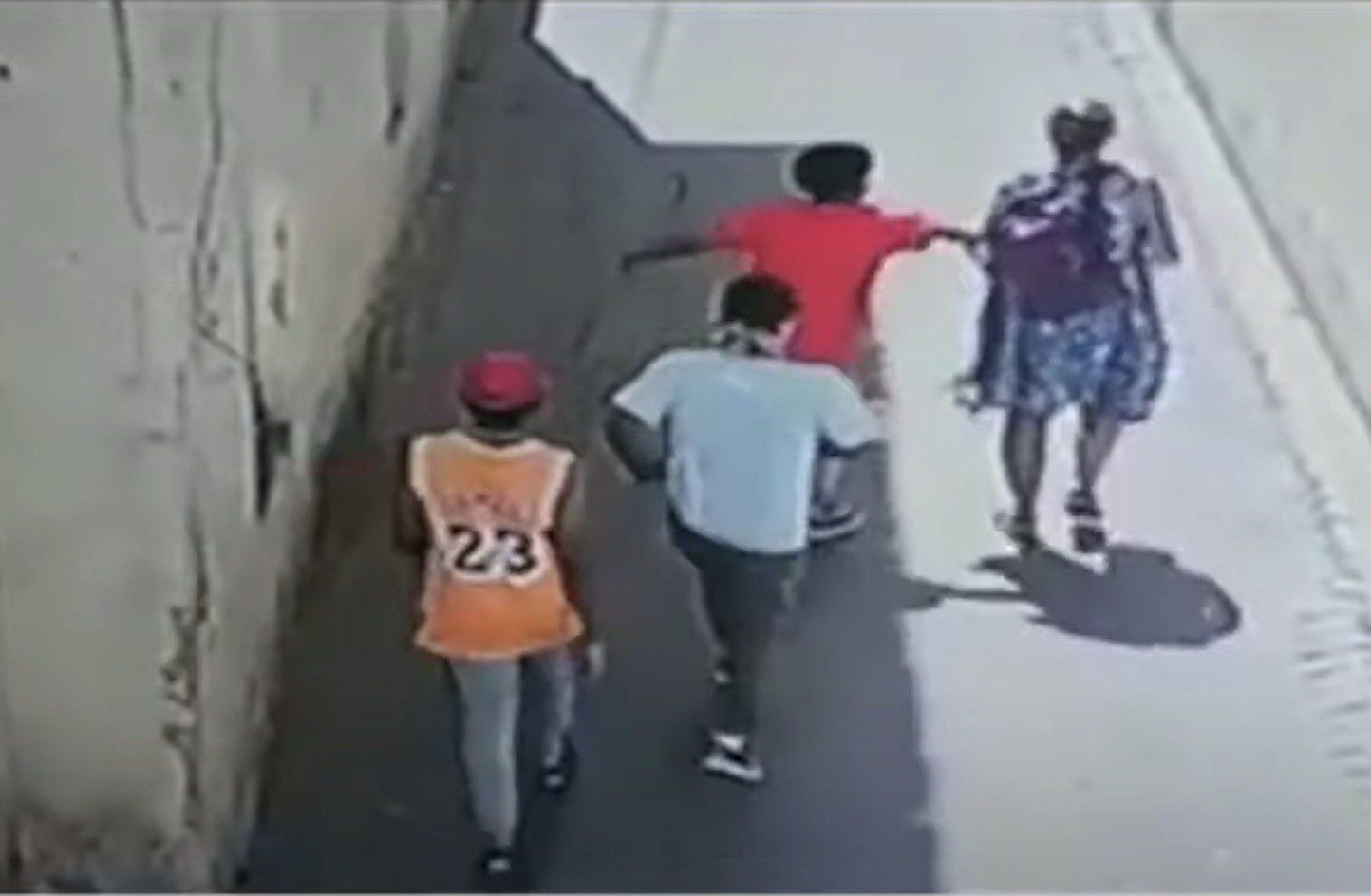

There is widespread proliferation, persistence, and resilience of criminal
gangs across multiple counties in Kenya, a survey has shown.
The report says the
proliferation and resilience of criminal gangs present a growing challenge to
national security.
The gangs engage in
criminal activities such as extortion, drug peddling and/or trafficking,
robbery, and political violence, with far-reaching implications on the
country’s development, a survey by the National Crime Research Centre says.
The survey on the proliferation
and resilience of criminal gangs in Kenya was released by the NCRC on Wednesday.
It said that despite numerous
government interventions, these groups continue to adapt, evade law
enforcement, and expand their influence.
The centre said the
conclusion is supported by findings pointing to the deep entrenchment of
criminal gangs in local communities, regional variation in gang proliferation
and expansion, high adaptability and resilience of gangs evidenced by the
presence of gangs that continue to thrive even in counties where suppression
efforts have been intensified, and the growing threat of highly violent and
dreaded gangs.
At least 82.3 per cent of the
overall survey sample respondents argued that criminal gangs had proliferated in their localities.
“Key indicators of
proliferation included frequent reports of gang-related crimes, increased
violence, and growing gang influence in youth groups.”
“The visibility of gang
activities was rated at 87.6 percent, with Kisumu, Busia, and Bungoma recording
the highest gang spread,” read part of the report.
Despite the overall perception
of proliferation, 53.2 percent of the sample respondents noted a decline in
gang numbers over the past three years, though Bungoma, Busia, and Kisumu
counties recorded increases.
A total of 309 criminal
gangs were mapped, with the highest concentration in Mombasa (73), Nairobi
(56), and Kilifi (47).
Notable gangs with
extensive presence included Gaza/Gaza Family, 42 Brothers, Wakali Wao, Panga
Boys, Chafu/Squad Chafu/Gang Chafu and Mungiki.
The survey found that
criminal gangs in the surveyed counties
had deeply infiltrated multiple sectors, expanded their criminal activities,
adopted sophisticated operational tactics, and gained resilience through
community complicity.
“These dynamics made
gang-related crime a persistent and complex security threat. Criminal gangs
were found to have permeated multiple sectors, with the most affected being
security, drug trade, and public transport.”
The main activities the
groups are involved in include
Their operations were
characterized by violent attacks and intimidation.
At least 84.6 percent of
the sample respondents acknowledged complicity among local community members
(drawn from peers, family members and larger community members) especially
through failure to report crimes, offering protection and normalizing gang
activities had contributed to gang resilience.
Another finding of the
survey was that there was a complex interplay of socio-economic, cultural, and
structural factors that contributed to the proliferation and resilience of
criminal gangs under the dictates of demographic profiles of gang members,
recruitment methods used, the motivations for joining and staying in gangs and
the factors sustaining gangs.
The survey found that most
gang members were young males with histories of substance abuse and limited
education.
“Recruitment was primarily
through peer influence, targeting vulnerable youth, and financial incentives.”
“The key factors driving
youth involvement included peer pressure, unemployment, drug exposure, and poor
family support systems,” read part of the report.
The persistence of gangs
was linked to peer pressure and influence; vulnerabilities associated with high
unemployment and poverty, availability of illegal drugs, broken or poor social
and/or family support systems, inadequate formal education among youth;
political exploitation, community cultural and social tolerance of criminal
gangs, underdevelopment and marginalization.
The report said corruption
among rogue government officials, including security and law enforcement
officers, inadequate social services, weak security policing of criminal gangs
and poor coordination among existing criminal justice agencies also contribute
to the menace.
Ready markets for stolen
items sold as second-hand items, weak prosecution of criminal gang members and
inadequately sustained youth empowerment initiatives are also key driving
factors for persistence of the gangs.
The survey found that there
were multiple mitigation measures that had been implemented by
Law enforcement, intelligence
gathering, public sensitization, and youth empowerment
“While these measures were
perceived to be
The report said the existing
mitigation measures were evidentially not effective in addressing the menace.
The most highly rated
measures, were law enforcement presence and patrols, intelligence gathering and
surveillance operations, public sensitization fora such as Chief Barazas,
education access, community policing structures such as Nyumba Kumi; punitive
measures against
The others are youth
employment and empowerment initiatives.
The lowest rated measures
were support systems
“The positive rating of
multi-stakeholder collaboration suggests that respondents recognize the
The report said the
effectiveness of stricter bail and bond terms indicates that judicial measures
are perceived as a deterrent against recidivism.
However, rehabilitation
programs for reformed members received a slightly lower rating (77.9%),
suggesting that while reintegration efforts exist,
The challenges hindering these
efforts included inadequate law enforcement resources,
Corruption within the criminal
justice system and fear of retaliation further exacerbated the problem.
The survey highlights that
the proliferation and resilience of criminal gangs are deeply rooted in
socio-economic vulnerabilities, structural deficiencies, and cultural dynamics.
NCRC called for change of tact that, among others,
incorporates a multi-faceted and evidence-based approach to combat criminal
gang proliferation and resilience.
There is also need for
strengthening law and order enforcement and criminal justice system responses
as the gangs were found to be spreading to new areas and their illegal
activities were both visible and frequent, thus suggesting that they were
undeterred possibly due to some gaps in the criminal justice system.
The centre also recommended
the enhancing positive community engagement and public awareness and addressing
the socioeconomic enablers of recruitment and retention in criminal gangs.
It recommended the
combating drug peddling and/or trafficking and substance abuse Illicit drugs
and substances and strengthening political and security institutions
accountability.
Further it recommended the
enhancing technological and strategic security approaches and enhancing
criminal reintegration and rehabilitation after-care programmes.



![[PHOTOS] Ruto at Pope Francis' burial](/_next/image?url=https%3A%2F%2Fcdn.radioafrica.digital%2Fimage%2F2025%2F04%2F844cb891-abd4-4ee5-bc2d-2a0c21fa3983.jpeg&w=3840&q=100)






